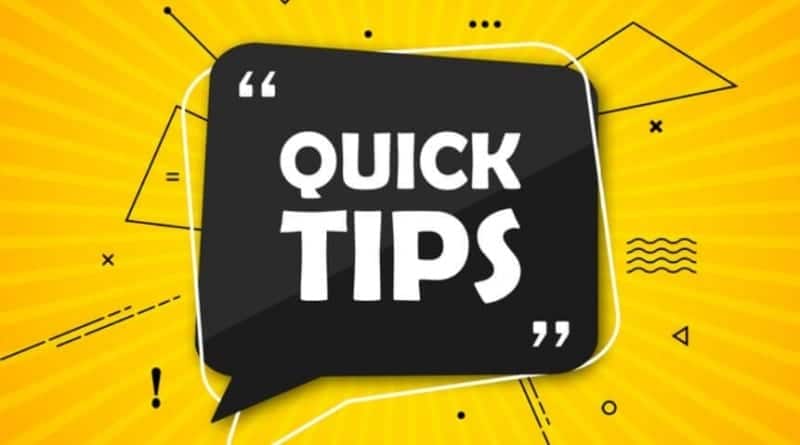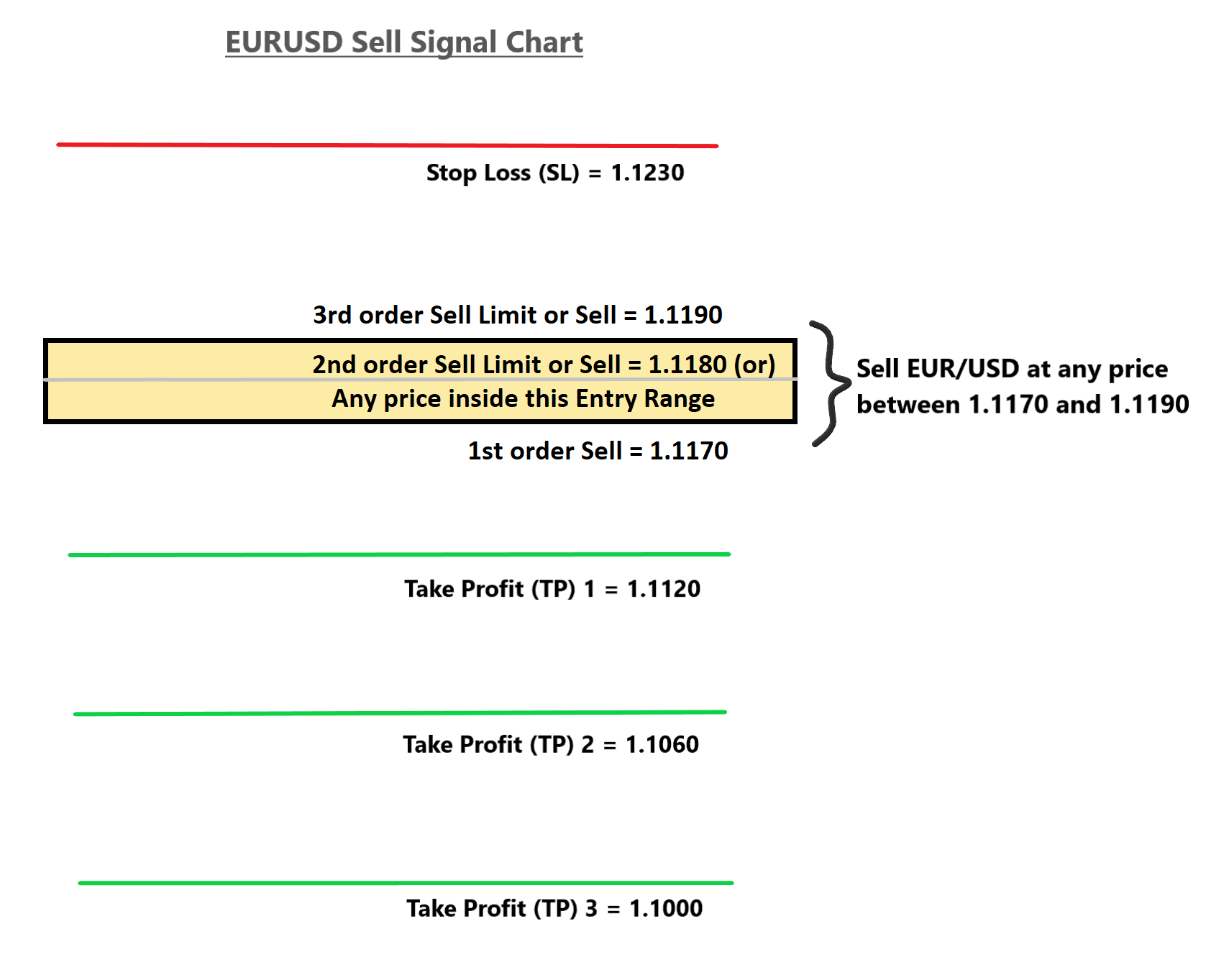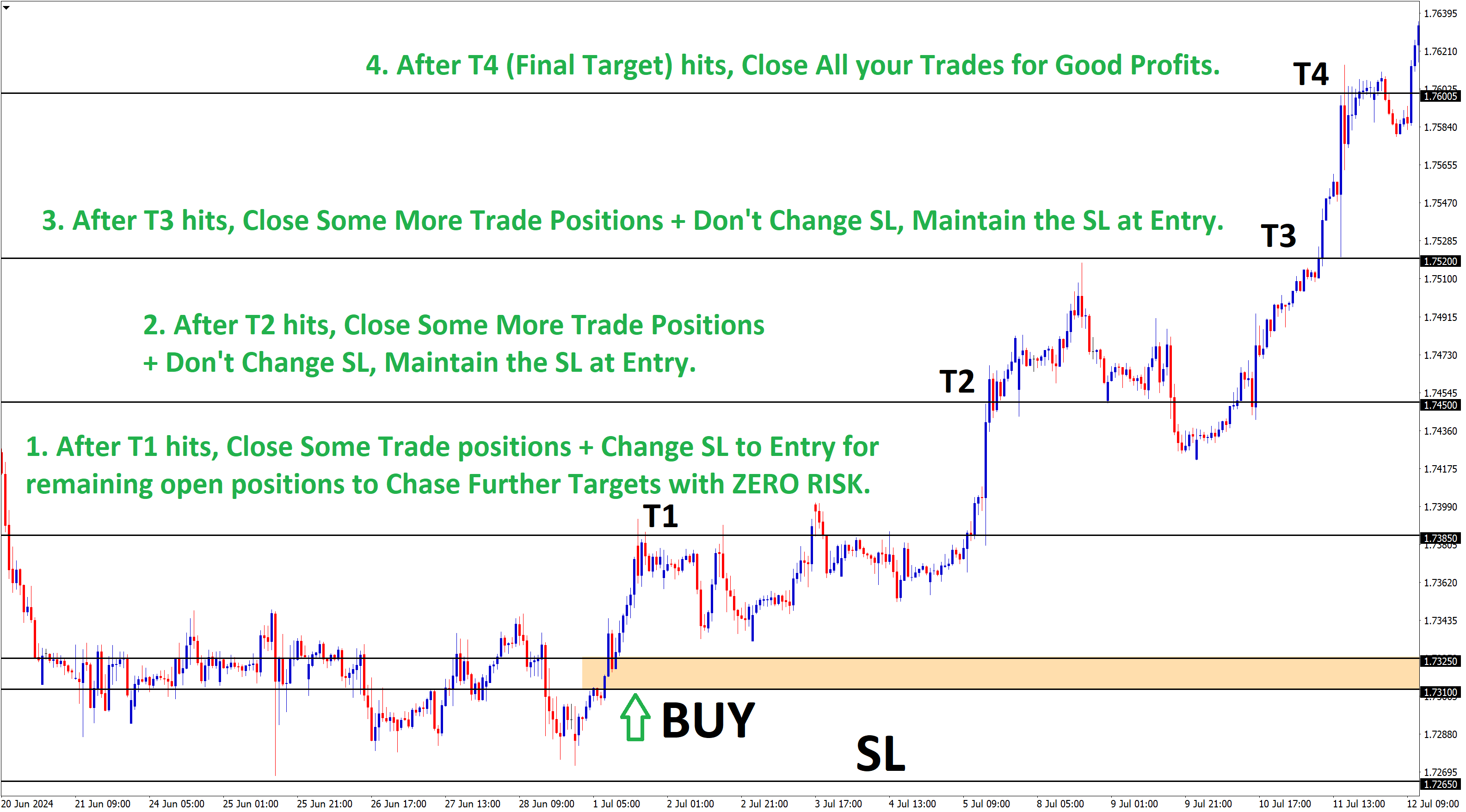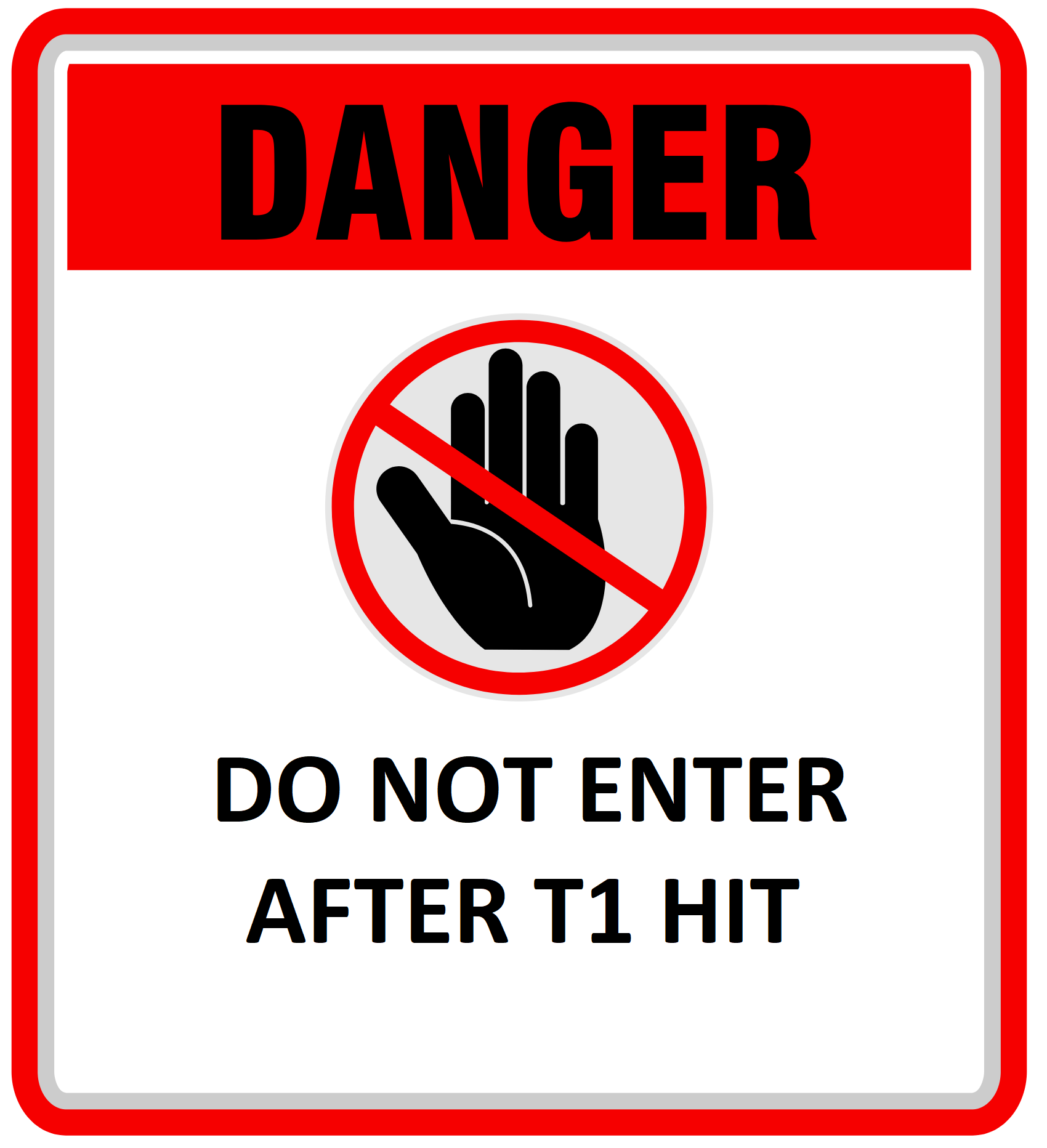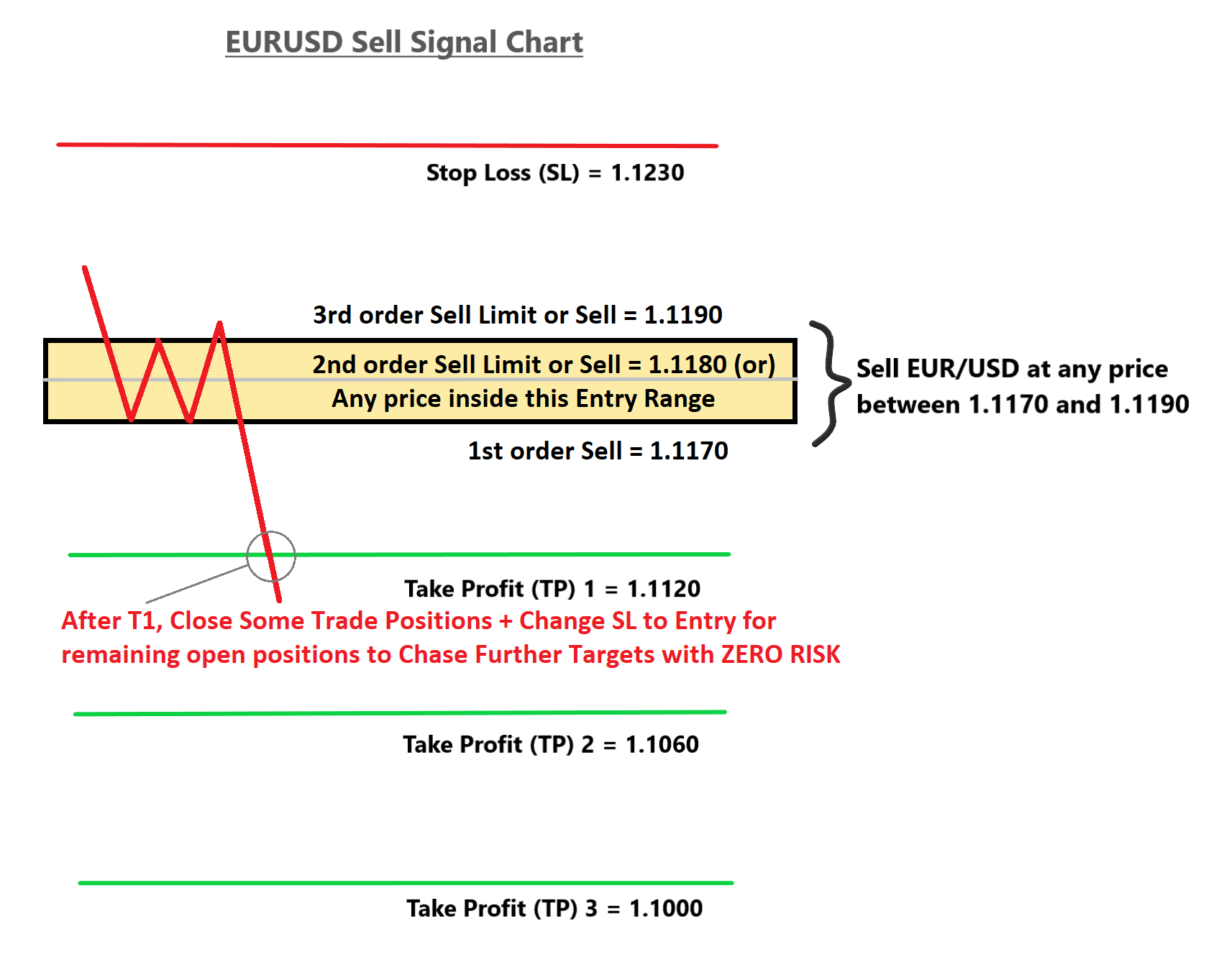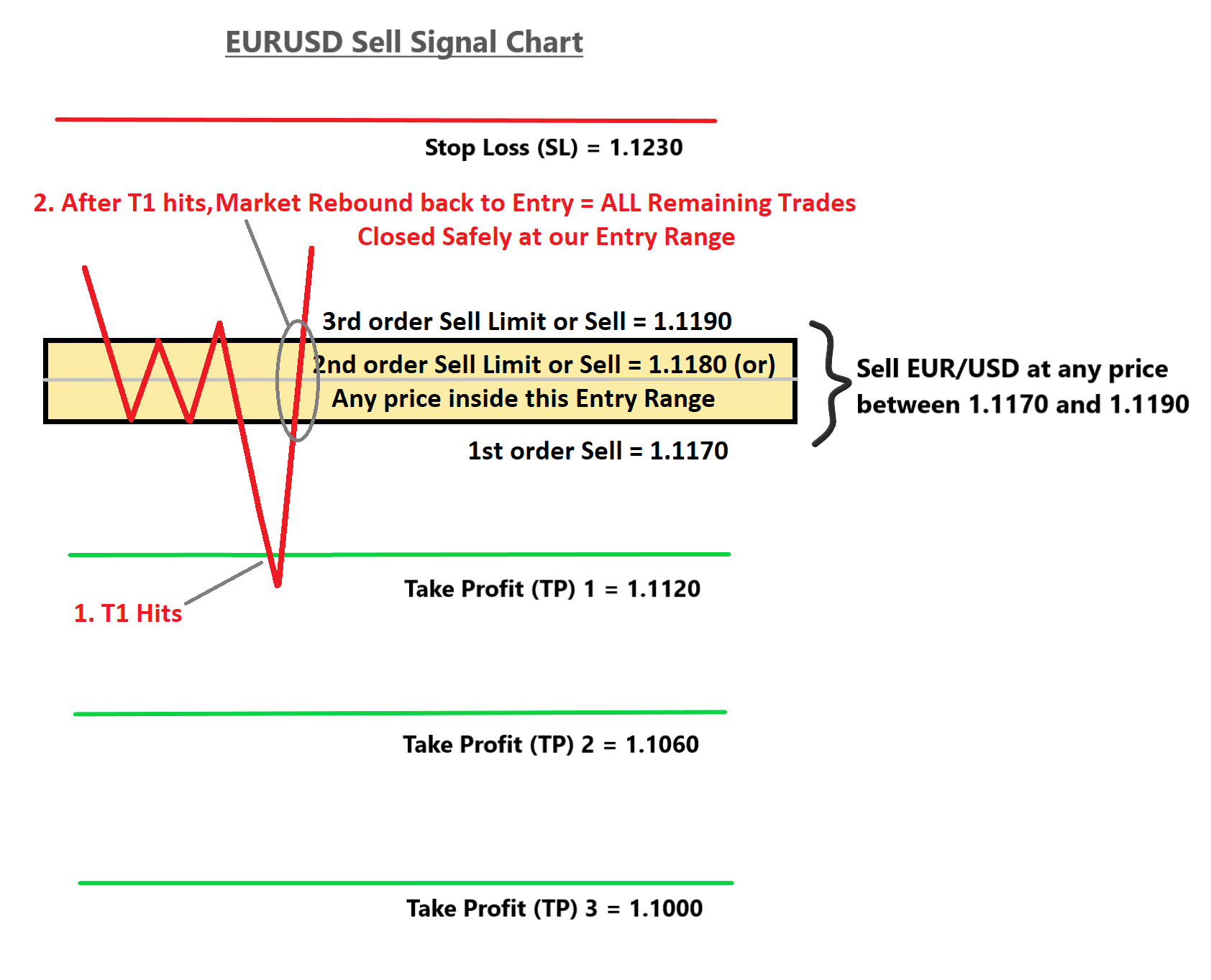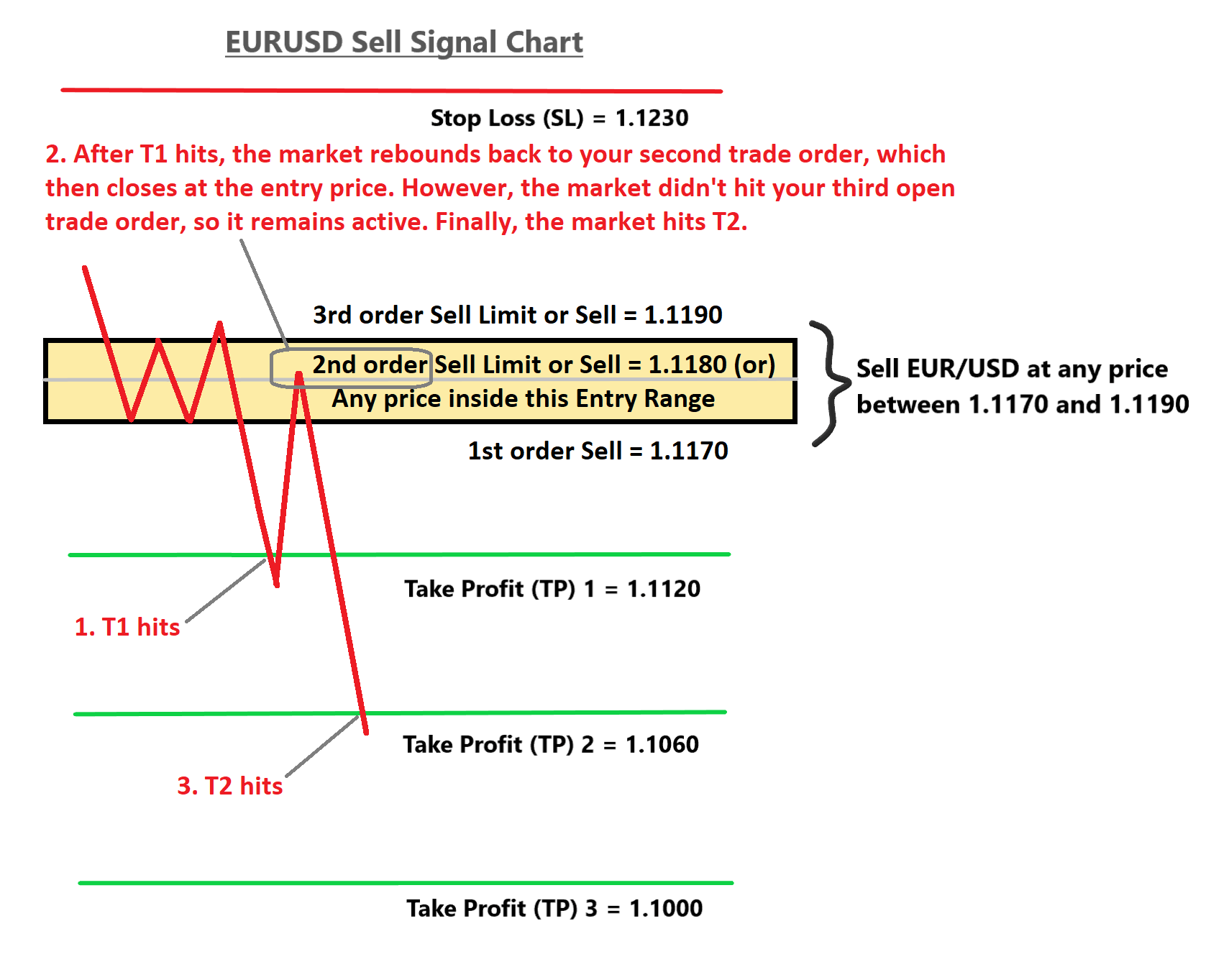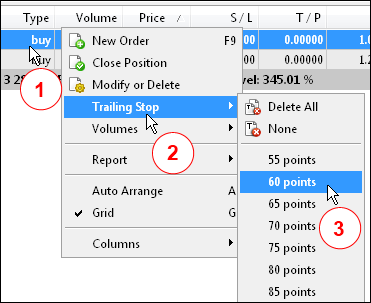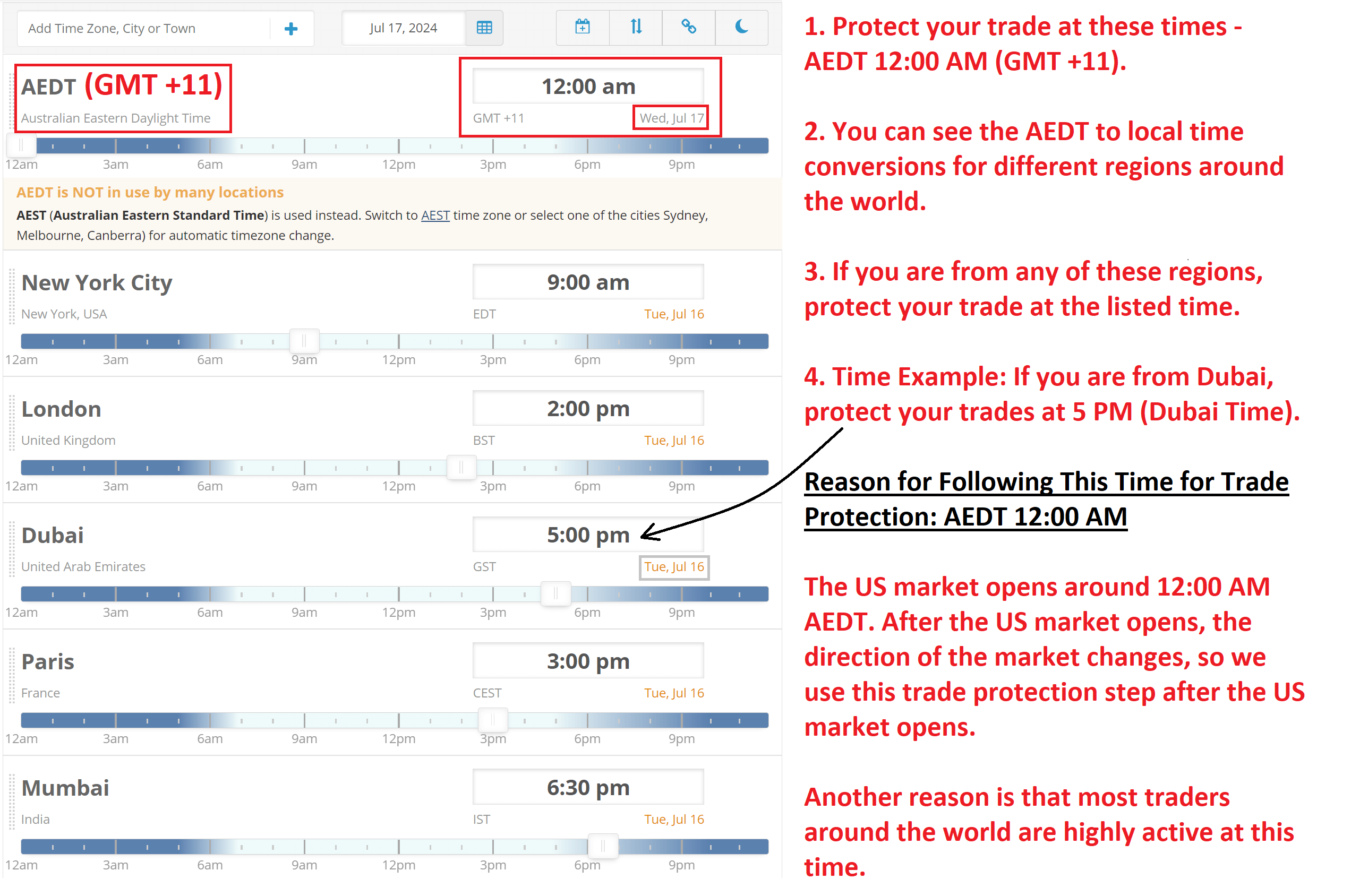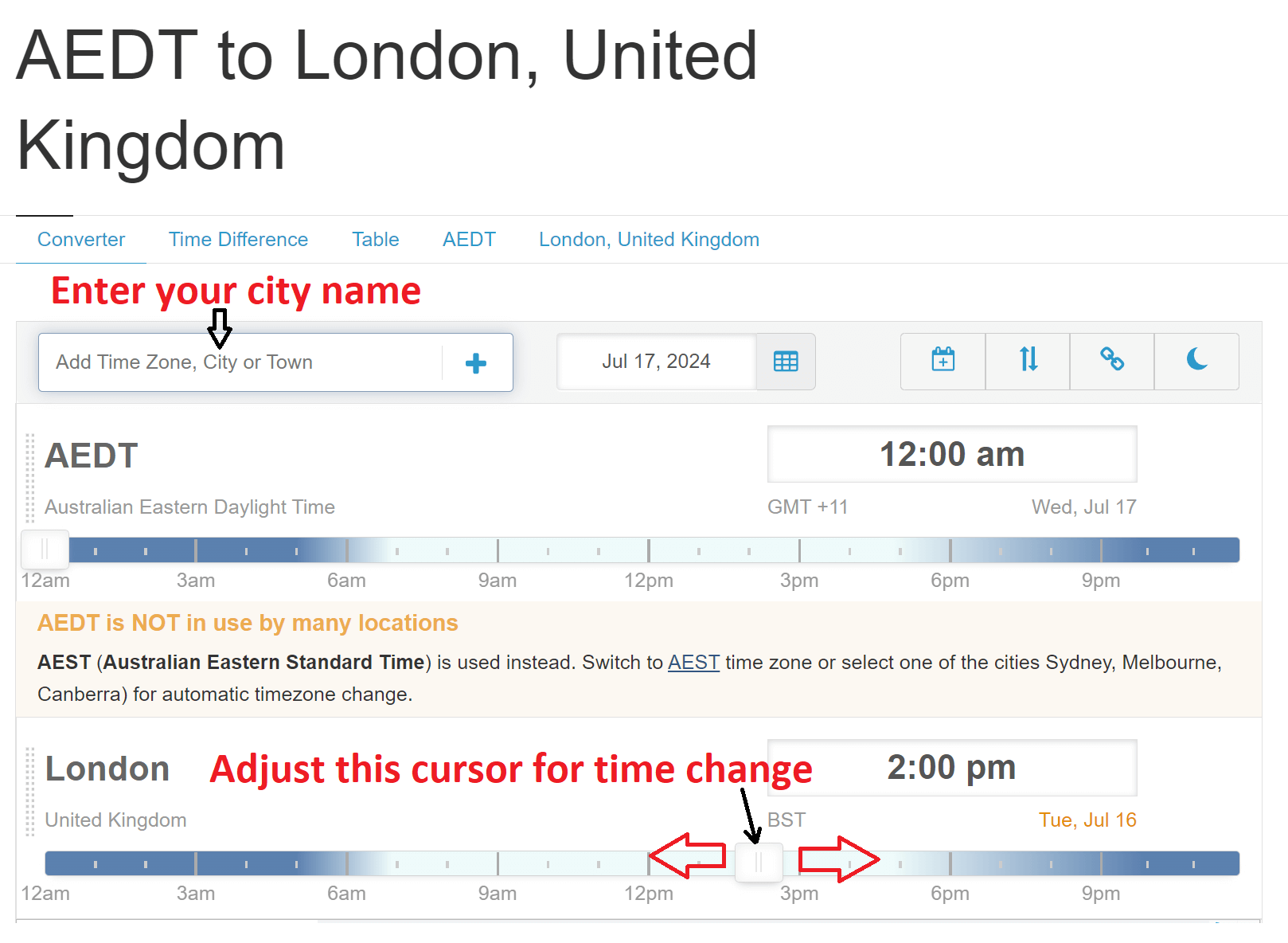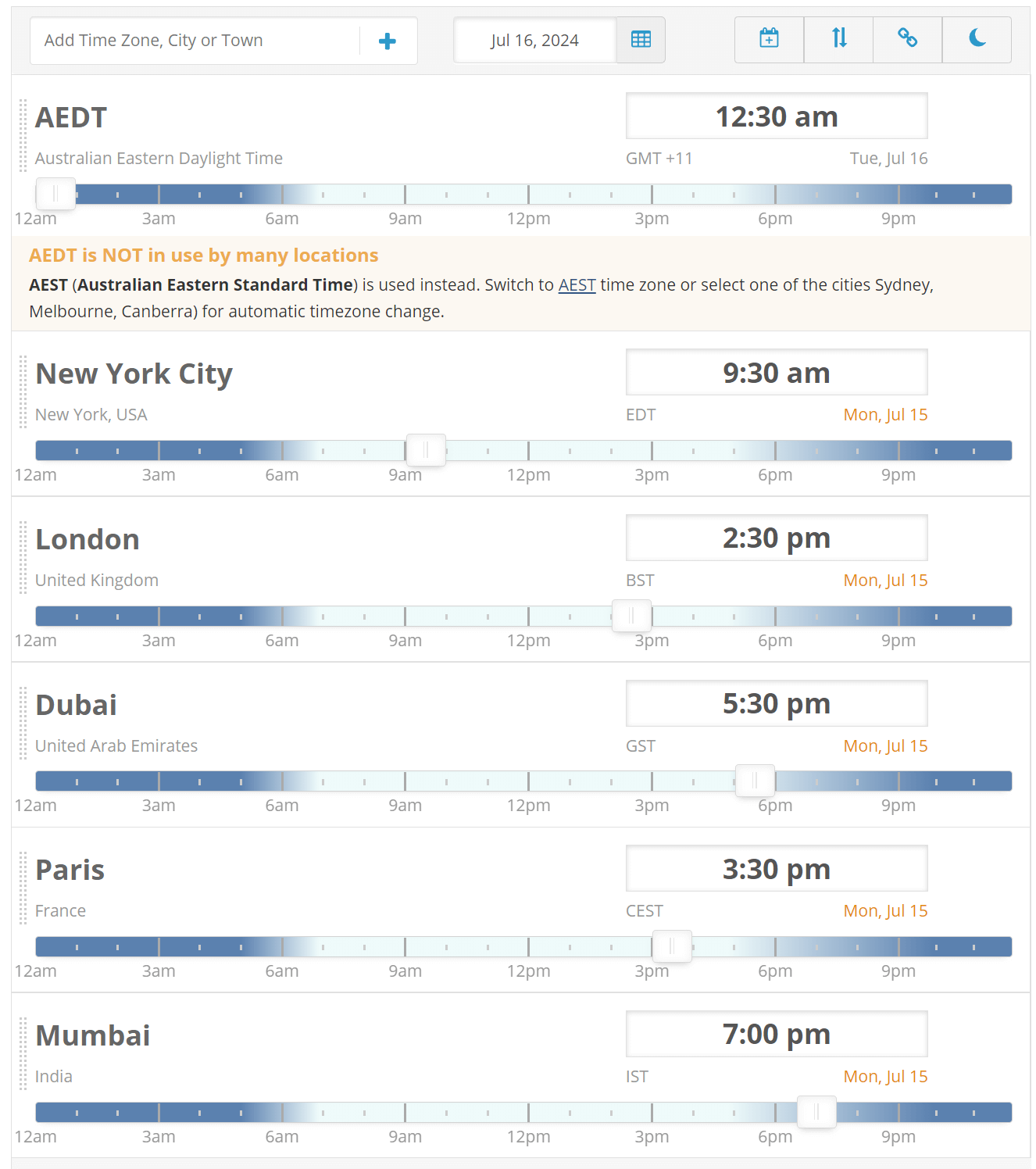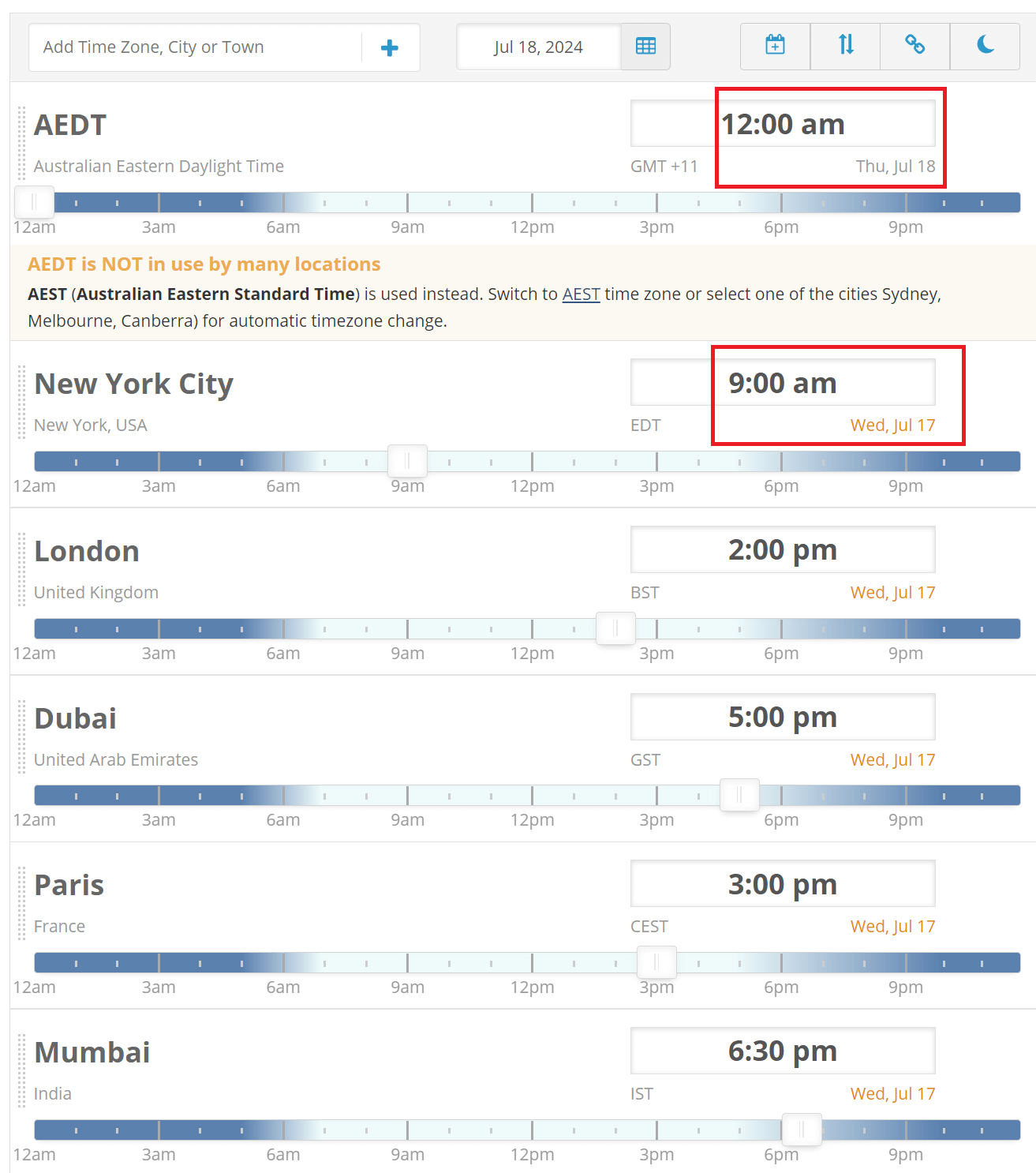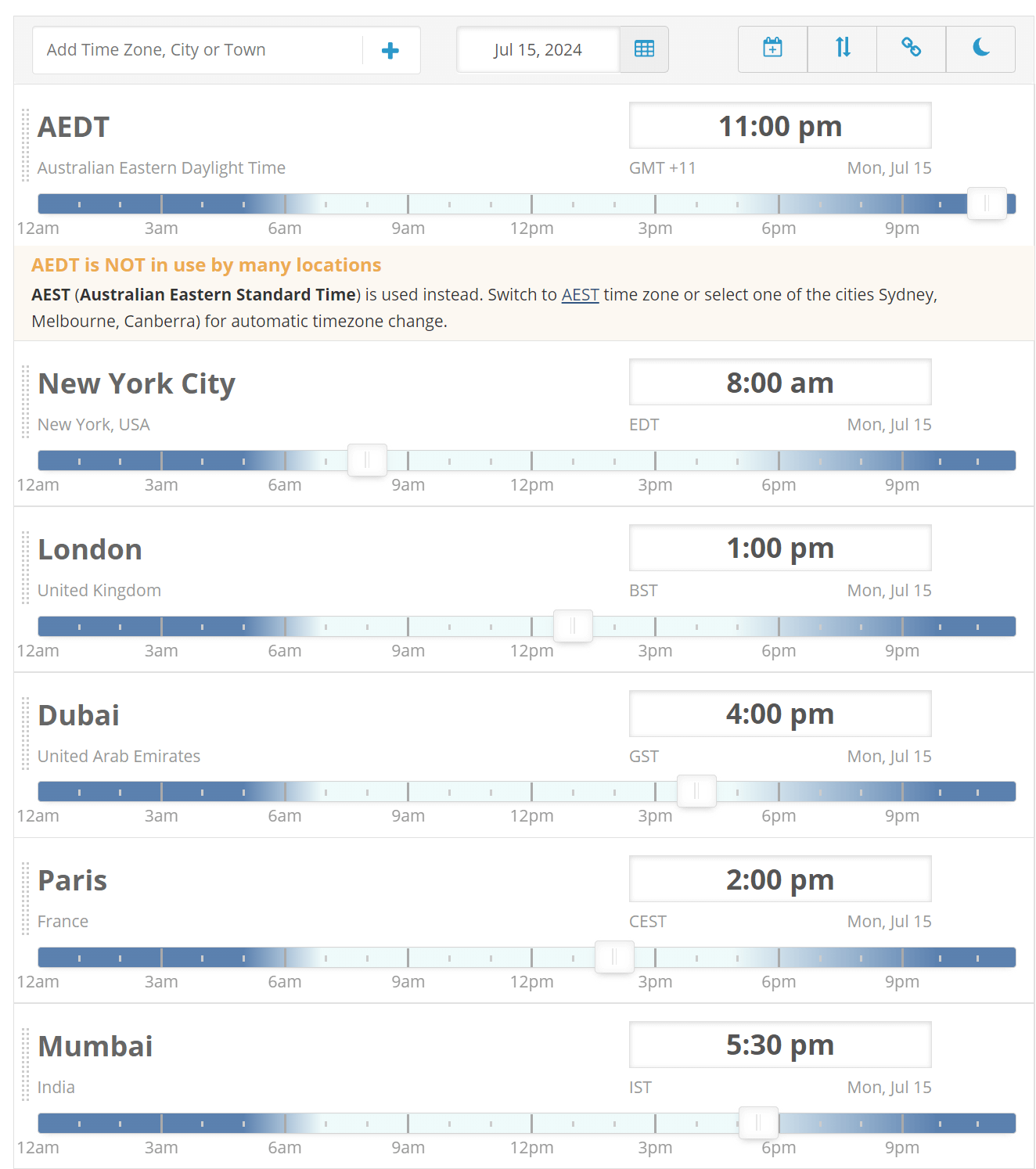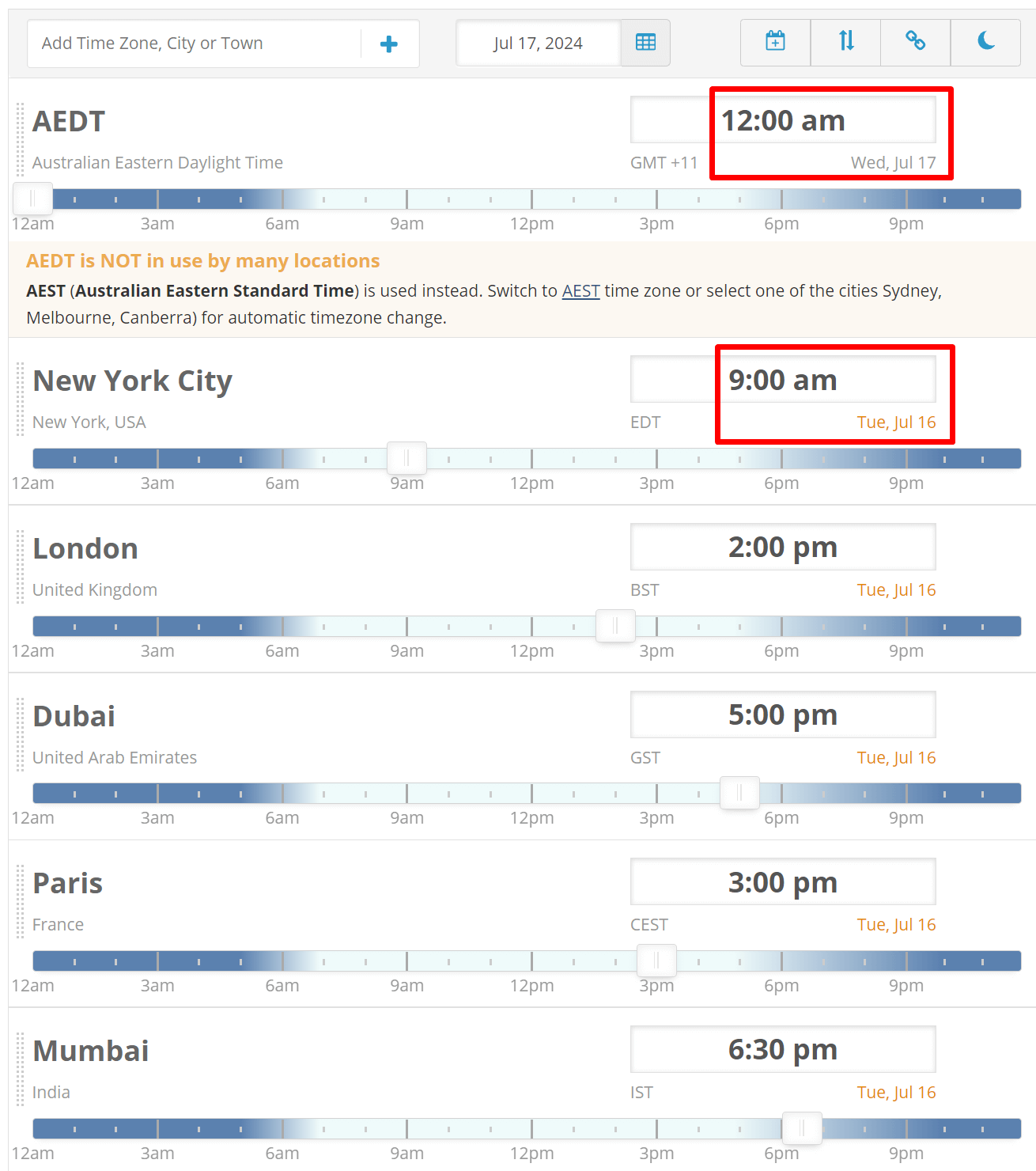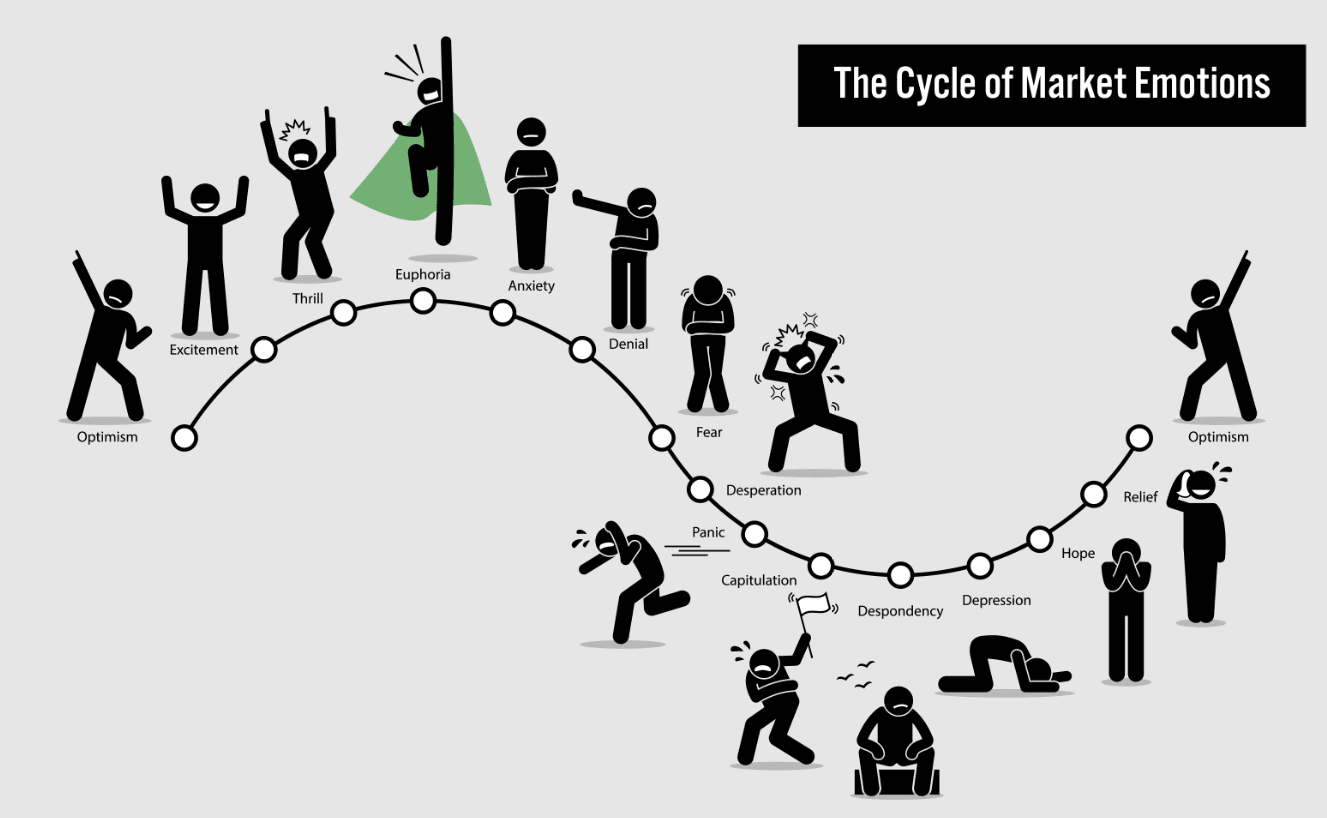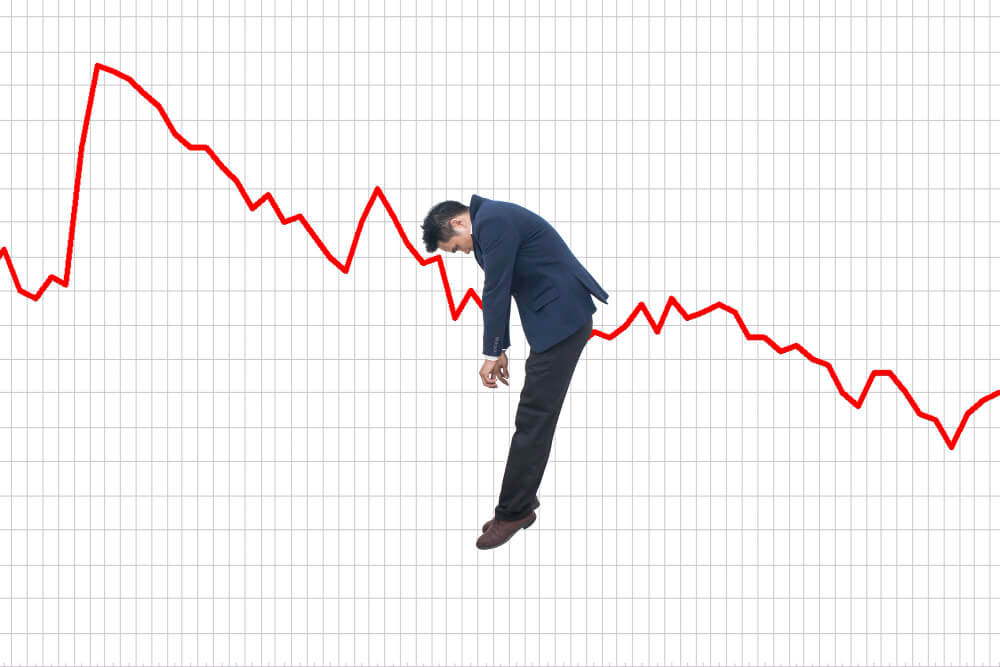Read the below Signal Guidance completely to manage your trades Safely under All Market Conditions
If you know the signal rules, You can take the Quiz test here.
-
- How to place the trades? Instant or pending orders?
- 3 Rules to Protect and Manage Your Trades
- 2 Days Protection Time Calculation for Safe Trading
- Don’t Gamble Money! Find the Right Lot Size for Your Trading Balance
- Handling Emotions while holding the Open trades
- Don’t lose money! Learn Why Forex Traders Lose Money and How to Fix It
How to place the trades? Instant or pending orders?
1. Example Trade Signal
-
- Sell EUR/USD at any price between 1.1170 and 1.1190
- Take Profit 1: 1.1120
- Take Profit 2: 1.1060
- Take Profit 3: 1.1000
- Stop Loss: 1.1230
After Receiving the signal message in the above format:
First, place one trade at the current market price of 1.1170
Next, place 2 to 3 pending sell limit trades at 1.1180 and 1.1190, respectively as shown in the below image:
Reason: You can place one or more trade orders within our Entry Price Range Area (1.1170 to 1.1190).
(or)
You can simply place 3 trades anywhere between our Entry Price Range Area (1.1170 to 1.1190).
>NOTE: If you saw the signal late or if the market has moved faster by 10 to 20 pips from the entry price, you can still place a new trade for that signal. However, if the market has reached target 1, do not take any new trades on that signal. Please be patient and wait for the next good opportunity signal.
3 Rules to Protect and Manage Your Trades
Rule 1: Secure Profits and Stay Safe with Our Forex Signals
- Partial Profit Booking and Stop Loss Adjustment:
-
- Once the market reaches Target 1, close some part of your trade (a partial lot) to secure some profit. Then, adjust your stop loss to the entry price for safer trading.
- Reason for This Strategy:
-
- The goal is to protect your money and ensure safe trading. By moving the stop loss to the entry price, you can avoid losses and trade safely for potential big profits with ZERO RISK.
Rule 2:
1. Avoid Re-entering After Reaching Target 1
- No New Trades After Target 1:
-
- Once the market reaches Target 1, do not place a new trade on the same signal. Patience is key—wait for the next quality trade signal.
- Reason for This Rule:
-
- After hitting Target 1, your stop loss is moved to the entry price to ensure risk-free trading. Placing a new trade could expose you to unnecessary risk.
Example Scenario
- Initial Trade: Sell EUR/USD at 1.1175
- Target 1 Achieved: Market hits 1.1120, partial profit taken, and stop loss moved to 1.1175
- No Re-entry: Do not open a new trade on the same signal. Wait for the next trade opportunity.
Key Takeaway
This rule is designed to keep your trading safe and profitable by avoiding unnecessary risks after securing initial profits. Always wait for a fresh, promising trade signal.
2. Setting Stop Loss and Take profit
1) For all your trades, Stop Loss price remains the same.
2) For the Take Profits, set the following:
- TP1 (Take Profit 1) price for your first trade.
- TP2 price for your second trade.
- TP3 price for your third trade.
Consider splitting your trade into three parts, each with its own take-profit level. This way, you can secure some profit at each target.
Reason: Whenever the market reaches target 1 (TP1), your first trade will close automatically at TP1. Your second and third trades will continue running with the aim of reaching TP2 and TP3.
3. Exiting the Trades at our Entry Price Range
After T1 hits, if the market rebounds back again to the entry price range completely, then all your open trades will get closed at Break Even. Reason: We have already moved SL to Entry for all trades after T1 hit.
Sometimes, After T1 hits, the market rebounds back again to the entry price range. It may hit the break-even of your 2nd open trade order, but not the 3rd open trade order. Then, the market will reach Target 2, 3, etc. At this time, only your third trade order remains active because your second trade already closed at break-even.
4. What happens if you place only one trade and the market hits TP1?
After TP1 is reached, close half or some of your trade position to lock in some profits. Next, change your Stop Loss Price to Entry Price. Watch a short video on how to close a partial half-trade position: https://www.youtube.com/watch?v=1mDUejcdeoU
After TP2 is reached, close another half or some of your open trade position to lock in some profits. The stop loss always remains at the entry price level until the market reaches all the targets (TP).
After the Final TP is reached, Close all your trades completely.
5. Move Stop Loss to Entry Price Automatically Using Trailing Stop?
For temporarily moving the stop loss to the entry price automatically, while you are not online, then you can use trailing stop.
Let’s say you have placed 3 trades, setting up each trade with tp1, tp2, tp3 take profit targets. After T1 hits, your first trade will get closed automatically. However your Trade 2 and Trade 3 are still active and open. But, As per our signal rule, we recommend our users to move the stop loss to entry price after t1 hits.
Now, if you are online, you can change stop loss to entry for your trades 2 and 3. If you are not online, then you can set the trailing stop earlier for trades 2 and 3.
How many points should you keep the trailing stop?
The trailing stop points should be the distance between target 1 and the entry price. Whenever the market hits target 1, the default stop loss price for your remaining trades (trade 2 and trade 3) will be automatically moved to the entry price.
The only thing you need to do here is calculate the distance (number of points) between the entry price and the T1 price level. And type the points in the trailing stop option by these steps: Right-click on your trade order –>Trailing Stop–>Custom–>Type the Points (distance between the entry and T1). That’s it.
Now, after T1 hits, your default stop loss price will be moved automatically to the entry price. After coming back online, you can manually change the stop loss to your entry price as per our signal rule.
Reason for this strategy: We always want you to trade safely under all market conditions. Don’t lose your hard-earned money without knowing the management techniques. Trade with care!
Rule 3: 2 Days Protection – Adjust Strategy if Market Moves Slowly or Stays Stuck for More Than 2 Days
Protecting and Closing the trade After 2 Days
After 2 days (Signal day + Next Working Day AEDT timezone):
- If the market remains around the entry price levels: Close the trade and wait for the next good opportunity signal.
- If the trade is running at a profit: Change Stop Loss (SL) to Entry.
- If the trade is running in a loss: Change Take Profit (TP) to our Maximum Entry.
Example for Rule 3
- Signal: Buy GBP/USD between 1.1250 and 1.1230
- Take Profit Target 1: 1.1330
- Take Profit Target 2: 1.1400
- Stop Loss: 1.1200
Case Scenarios:
-
- Case 1: After 2 days, if the market is at 1.1290 in profit, change your stop loss to the entry price.
- Case 2: After 2 days, if the market is at 1.1220 in loss, adjust your take profit to the maximum entry price level (1.1230).
- Case 3: After 2 days, if the market remains around the entry price levels, close the trade manually and wait for the next good opportunity signal.
You must protect your trade after 2 days (Signal Day + Next Trading Day as per AEDT Time). For example, if a signal is given at 3 PM AEDT (Australian Time), you must protect your trade by the next day’s end at 11:59 PM AEDT (Australian Time).
Calculate the trade protection time following the below steps.
2 Days Protection Time Calculation for Safe Trading
Time Zone Used for Calculation: AEDT (GMT +11)
Reason for Following This Time for Trade Protection: AEDT 12:00 AM
The US market opens around 12:00 AM AEDT. After the US market opens, the direction of the market changes, so we use this trade protection step after the US market opens.
Another reason is that most traders around the world are highly active at this time.
Protect your trade at these times – AEDT 12:00 AM (GMT +11).
In the above image, You can see the AEDT (GMT +11) to local time conversions for different regions around the world.
If you are from any of these regions, protect your trade at the listed time.
Example for Time:
If you are from Dubai, protect your trades at 5 PM (Dubai Time).
If you are from London, protect your trades at 2 PM (London time).
If you are from the USA, protect your trades at 9 AM (New York time).
If you are from India, protect your trades at 6.30 PM (Indian time).
If you are from any other part of the world, check your protection time by following this link and entering your city at the top left corner of the page as shown below:
Visit – AEDT to YOUR Time Converter Link
Example for 2 Days Calculation:
Example 1: Protecting after 47.5 hours
If the Signal is given on Tuesday 12:30 AM AEDT time (which is Monday 9:30 AM New York time). See below image:
The trade protection should be carried out on Thursday 12:00 AM AEDT time (which is Wednesday 9:00 AM New York time). Check below:
Result: Trade protection carried out after 47.5 hours (Trade executed at 9:30 AM Monday New York time and Trade protection carried out at 9:00 AM Wednesday New York time).
Example 2: Protecting after 25.0 hours
If the Signal is given on Monday 11:00 PM AEDT (Monday 8:00 AM New York time). Check below image:
The trade protection should be carried out on Wednesday 12:00 AM AEDT (Tuesday 9:00 AM New York time).
Result: Trade protection carried out after 25.0 hours (Trade executed at 8:00 AM Monday New York Time and Trade protection carried out at 9:00 AM Tuesday New York time).
Now, if you look at the New York Times alone, the trade protection is carried out after 25 hours. But as per AEDT time, 2 days are completed (signal day: Monday 11:00 PM (1 hour) + next day: Tuesday 24 hours).
Key Takeaway
This rule is designed to keep your trading safe and profitable by avoiding unnecessary risks after securing initial profits. Always wait for a fresh, good opportunity trade signal.
Please note: The market will always offer us new trade opportunities. The Forex market is not going to die tomorrow; it stays alive all the time. But if you want to stay in the market, you need to protect your capital. Trade carefully with proper money management and We always want you to trade safely under all market conditions to become a successful trader.
Don’t Gamble with Your Money! Find the Right Lot Size for Your Balance
What is Money Management?
Money management is the practice of using the correct volume lot size based on your trading account balance to make consistent profits.
How Much Volume Lot Size Should I Use?
According to our money management rule, use the correct volume lot size based on your account balance:
For a $200 balance, use a maximum of 0.01 lot (one open trade)
$500 balance, use up to 0.03 lots (three trades of 0.01 lot each – 0.01 x 3 trades = 0.03 lots)
$1,000 balance: 0.05 lots (5 trades of 0.01)
$5,000 balance: 0.30 lots (3 trades of 0.10)
$10,000 balance: 0.50 lots (5 trades of 0.10 or 2 trades of 0.25)
If you feel emotional (e.g., fear, sad, or greedy) while trading, you can decrease your leverage to below 1:50 to help control your emotions and safeguard your money.
Why Follow This Rule?
Using high lots for a small balance is risky and a bad habit. Most beginners make this mistake and don’t grow in their trading careers. If you follow good money management habits, you will see positive results and growth in your trading account.
Warning:
If you break money management rules and use high lots, you become a gambler, not a trader. You might get addicted to the market and could go bankrupt. Most people lose their money in the market by placing high lots on small accounts.
Follow these simple money management rules to become a successful trader.
Handling Emotions while holding the Open trades
- Managing Emotions:
- Adjust Stop Loss: Move your Stop Loss to the entry price if the market moves positively. This way, you won’t lose money if the market turns against you.
- Use Stop Loss Wisely: Don’t worry if the market hits your Stop Loss. It’s there to limit your losses, not to make you lose all your money. Always risk a small amount on each trade to protect your investment.
- Market Fluctuations: The market will constantly move up and down. As beginners, it’s common to feel strong emotions based on these movements. For example, you might feel happy when prices go up and sad or angry when they go down. It’s important to learn how to manage these emotions while trading.
- Trading Psychology: All humans are emotional. This means we all experience feelings like happiness, sadness, anger, and envy. When trading, these emotions can be particularly intense because money is involved.
- Money and Emotions: Money plays a very important role in our lives and often triggers strong emotions. Traders enter the forex market to earn money, and because money is closely tied to our emotions, it makes them more emotional. When they see profits, they feel happy and excited. When they see losses, they feel sad and frustrated. This emotional connection to money can make trading a rollercoaster of feelings, which is why it’s important to learn how to manage these emotions while trading.
- Fixed Commitments: Trading with fixed profit expectations leads to failure. The forex market is unpredictable. For example, the EUR/USD market doesn’t move a fixed number of pips every day. Some days it might move 30 pips, and other days it might move 80 pips. Profits can vary daily. Understand this to avoid losing all your money. Trade without expectations and only trade when good opportunities arise.
- Invest Wisely: It’s important to invest only what you can afford to lose. This means you should never use money that you need for essential things like food, rent, or school. Trading can be risky, and there’s always a chance you could lose your investment.
We can’t completely avoid emotions because we are not monks who have mastered detachment. Emotions like fear and excitement can influence our decisions. To become a successful trader, you need to change your mindset. Instead of thinking like a regular person, you need to think like a trader. This means learning how the forex market works, understanding the risks, and making informed decisions based on your knowledge and strategy. By educating yourself and practising disciplined trading, you can manage your emotions better and make smarter investment choices.
Solution for Controlling Your Emotions in Forex Trading
- Learn forex trading the right way.
- Have a clear understanding of your trading strategy.
- Invest only what you can afford to lose.
- Avoid trading with fixed goals (e.g., wanting to make 30% profit every month).
- Trade without high expectations.
-
Don’t trade all the time.
- Trade only when you find good opportunities in the market.
Don’t lose money! Learn Why Forex Traders Lose Money and How to Fix It?
First Learn, Then Practice, and Then Start Earning
-
- Learn the Market: Just like a doctor needs a degree to treat patients correctly, you need to learn and understand the market to trade successfully. Join our Forex Trading Course to learn step-by-step and get a trading certificate. This will help you start earning from the market in the right way instead of making costly mistakes on your own.
- Practice: Use a demo account to practice trading without risking real money. This helps you gain experience and confidence.
- Start Earning: Once you are confident and knowledgeable, start trading with real money. Only invest what you can afford to lose and avoid fixed profit commitments.
- Invest Wisely: Only invest what you can afford to lose and avoid fixed profit commitments (e.g., aiming for 20% profit every month).
- Clear Strategy: Have a clear trading strategy.
- Trade Wisely: Don’t trade all the time. Only trade when there are good opportunities.
- Money Management: This is more important than trading knowledge. Use the correct lot size based on your account balance.
- Control Emotions: Don’t let emotions affect your trading decisions.
If you keep learning with the Forexgdp team, your trading knowledge will surpass your emotions, and you will become a successful trader soon. Join our Forex Trading Course here
The Sad Story of a Trader Who Didn’t Follow Money Management
John, a Forex trader from Canada, turned $500 into $7,000 in three months with his own trading method. Thrilled by his success, he thought, “If I can turn $500 into $7,000, then investing $5,000 could make me $70,000 in the same time!”
Excited by this idea, John invested $5,000 and traded the same way he did with his $500 account. However, he lost all $5,000 in just three days. The problem was John placed 1 standard lot with $500 and 10 lots with $5,000 without proper money management.
Despite the loss, John didn’t stop trading. He became addicted to the high profits he initially made and kept placing high lots without understanding money management. Over the next eight months, John lost $67,000. He believed that if he had $100,000, he could recover his losses. So, he borrowed money from the bank, friends, and family but ended up losing everything.
In April 2011, drowning in debt, John took his own life by committing suicide. He left behind $585,000 in debt, having lost his home, family, and friends.
Key Reasons for John’s Suicide – A Tragic End
Ignored money management and placed high lots.
Became addicted to initial big profits.
Failed to learn from losses and kept trading recklessly.
Continued to invest more money, hoping to replicate initial success.
Accumulated massive debt by borrowing and losing repeatedly.
Never learned proper trading methods and strategies.
John’s story is a stark reminder to learn the market properly and practice good money management to avoid making costly mistakes. Always invest wisely and never let initial success blind you to the risks involved.
Watch Top Forex Trader reason for losing money to Avoid Expensive Lessons in your Life
Hope you have enjoyed reading!
If you are interested in learning forex trading in a profitable way, Join our Forex Trading Course to learn step-by-step and get a trading certificate. This will help you start earning from the market in the right way instead of making costly mistakes on your own.
If you need any support, Please click here to contact us now (or) write us your message to [email protected]
We are ready to help you always!
Thank you.
Regards,
Forexgdp Team.
Follow us on
Telegram
Facebook
Instagram
Youtube
X (Twitter)
Signal Quiz below

